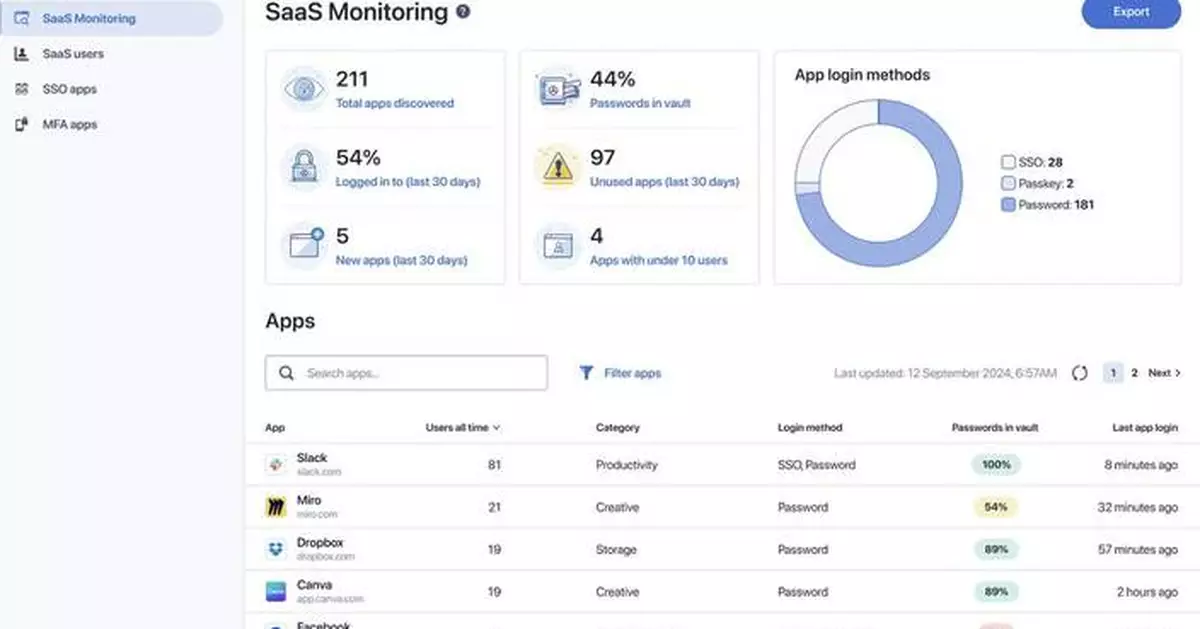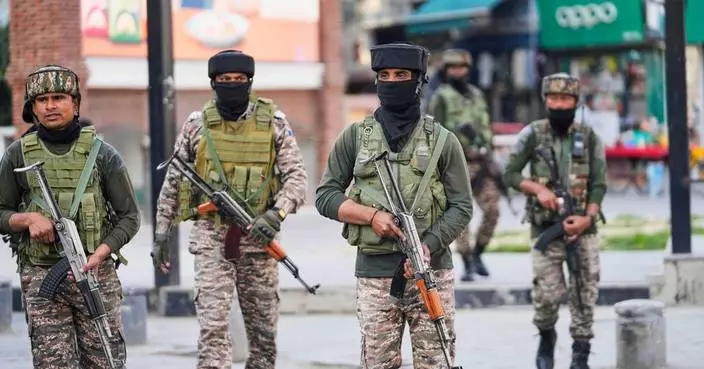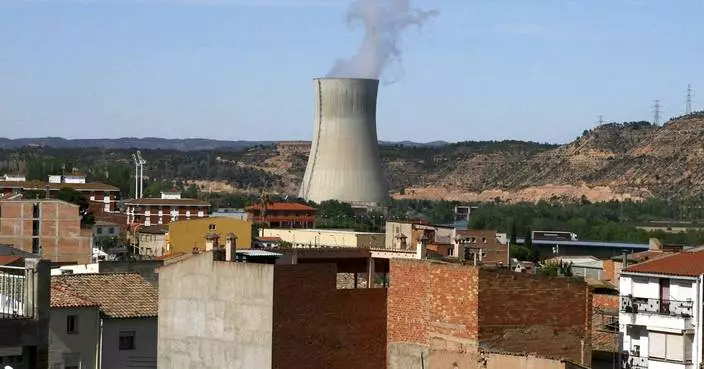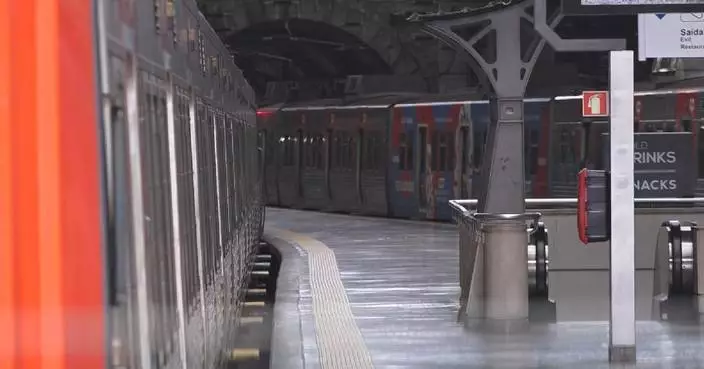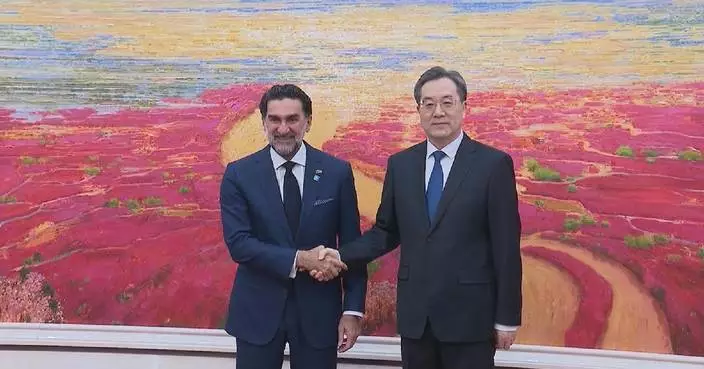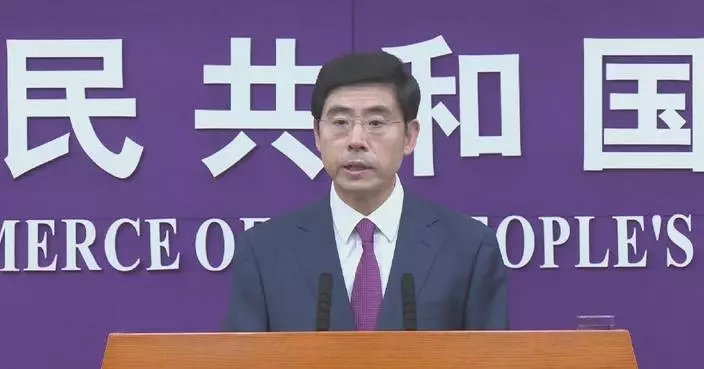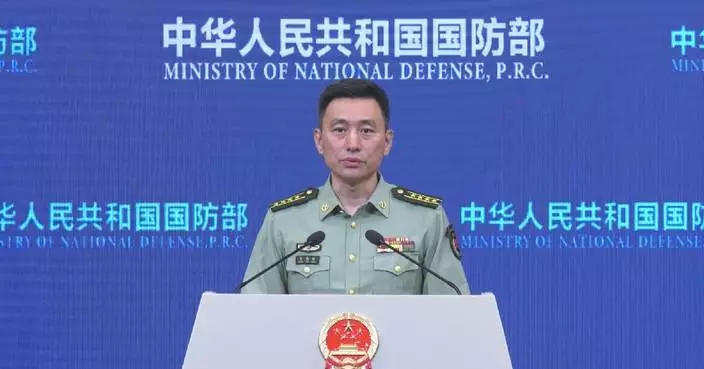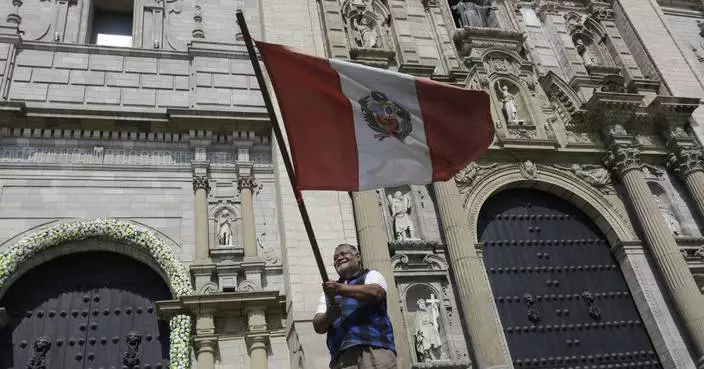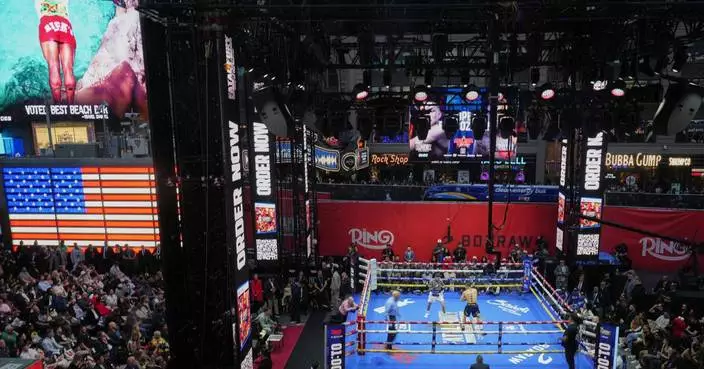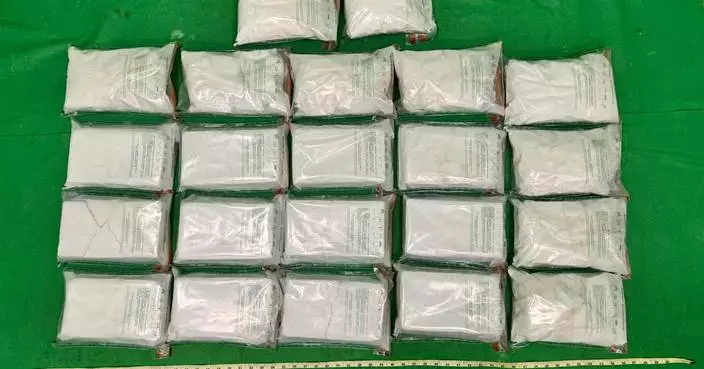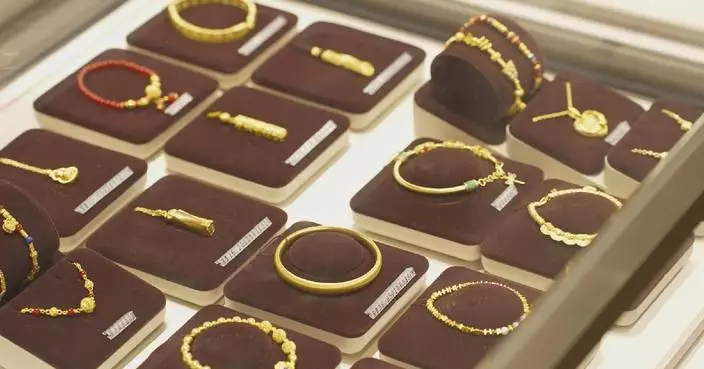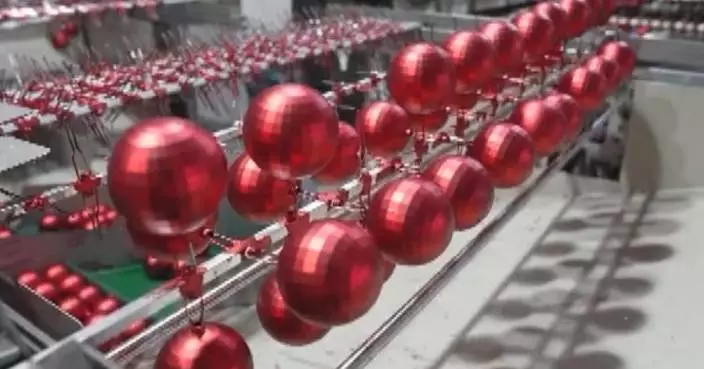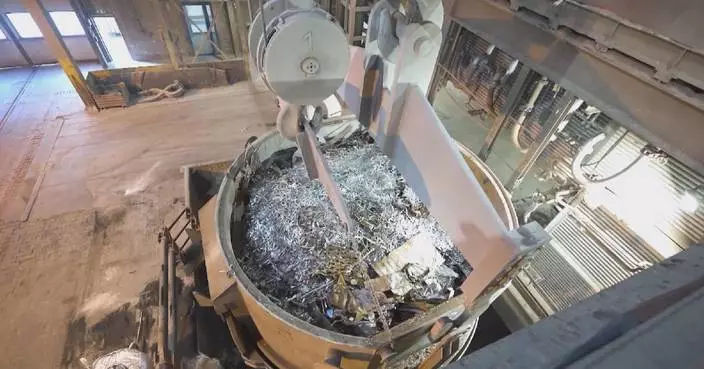BOSTON--(BUSINESS WIRE)--Apr 24, 2025--
As cloud app adoption continues to rise, and the modern workplace continues to evolve, LastPass, a leader in password and identity management trusted by over 100,000 businesses worldwide, will introduce a new approach to democratize access management at RSAC 2025: Secure Access Experiences. Built with the needs of small-to-mid-sized businesses in mind, Secure Access Experiences represents a more unified, intuitive way to manage identity and access in a changing world — without the complexity, cost, or confusion that too often defines the category.
This press release features multimedia. View the full release here: https://www.businesswire.com/news/home/20250424988945/en/
The problem: rising risks in a shadowed landscape
Today, identity is the new security perimeter, but that perimeter is under pressure from all sides. While larger enterprises can often afford robust identity and access management solutions, smaller and mid-sized businesses are left vulnerable due to unaffordable and complex tools, limited or no visibility into the apps that employees are accessing, and skyrocketing app sprawl.
The result is a dangerous and potentially costly environment:
As SaaS apps grow and the lines between personal and professional tools blur, businesses need a smarter, simpler way to manage access — one that meets modern challenges head-on, without overwhelming teams or breaking the bank.
The solution: a simpler, safer, smarter way in
Secure Access Experiences is the LastPass answer to this growing access management crisis — an evolving approach designed to bring together essential capabilities into one intuitive experience. It will empower business owners and global IT teams to alike to:
“For too long, solutions that manage employee access to critical systems and data have been overly complex and expensive for small- and mid-sized enterprises,” said Don MacLennan, Chief Product Officer at LastPass. “Secure Access Experiences is about simplifying what is essential. We’re making access control more approachable, more affordable, and more aligned with how most businesses actually work today.”
A first look: SaaS Monitoring
This original approach begins with visibility. The first capability in the Secure Access Experiences rollout is SaaS Monitoring — expected in mid-May and delivered via the same browser extension already trusted by millions for password management.
With SaaS Monitoring, business owners and IT admins can finally see what apps are being used across their organization, helping them detect unapproved tools, spot Shadow IT and Shadow AI, and optimize application investments — all without the need to deploy extra agents, integrations, or complexity.
“Hidden, unapproved apps and misuse of AI isn’t just a security issue — it’s a spending issue, a productivity issue, a compliance issue,” MacLennan adds. “Companies need a high-altitude view of what’s happening inside their organizations.”
See SaaS Monitoring for yourself at RSAC
Attendees can experience SaaS Monitoring firsthand by visiting LastPass at Booth 1449 in the South Expo at RSAC 2025. Live demos, expert insights, and a fresh look at the future of secure access are all on tap.
Want a private walkthrough or personalized demo? Book your session now at lastpass.com/resources/business-demo.
About LastPass
LastPass is a leading identity and password manager, making it easier to log in to life and work. Trusted by 100,000 businesses and millions of users, LastPass combines advanced security with effortless access for individuals, families, small business owners, and enterprise professionals. With LastPass, important credentials are protected and private – and always within reach. Learn more via www.lastpass.com and follow us on LinkedIn, X, Instagram, and Facebook.
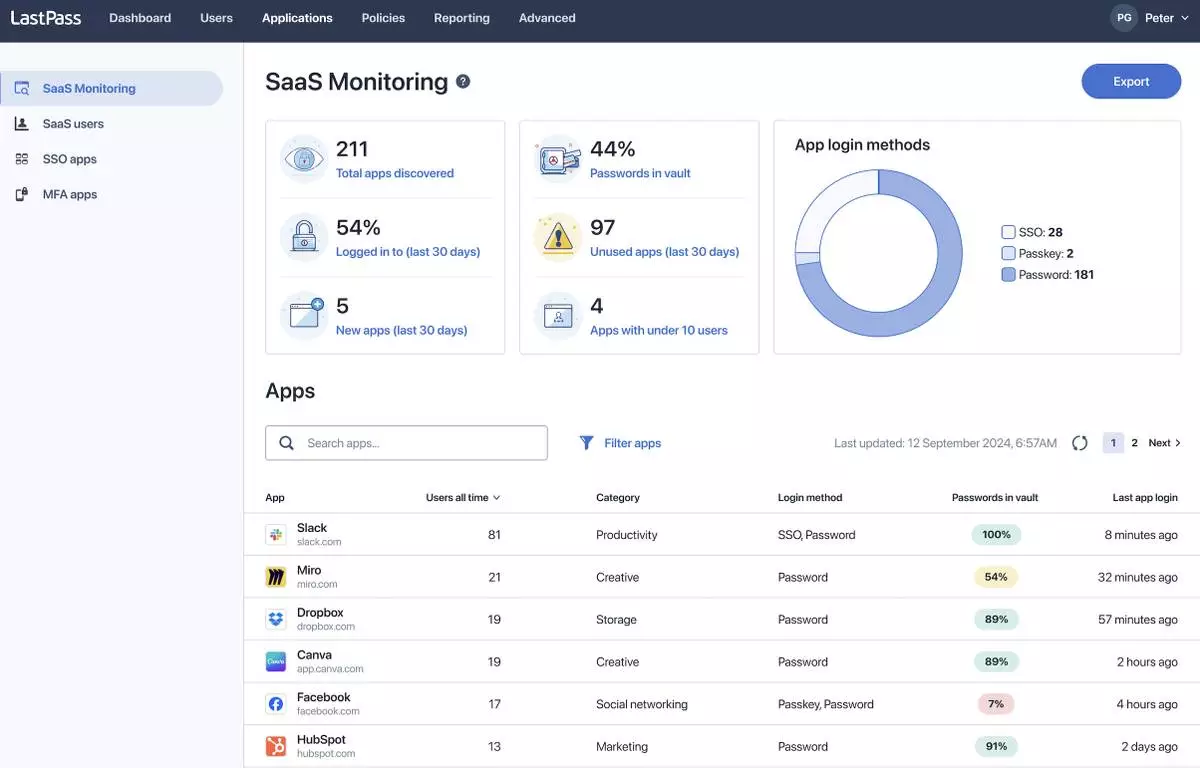

LastPass Debuts New SaaS Monitoring Capability in Roadmap Expansion
VATICAN CITY (AP) — Pope Leo XIV celebrates his first Mass on Friday after his historic election as the first North American pope, meeting with the cardinals who chose him to lead the Catholic Church and follow in Pope Francis’ social justice-minded footsteps.
Leo, the Chicago-born Augustinian missionary Robert Prevost, surprised the world Thursday when he emerged on the loggia of St. Peter’s Basilica as the 267th pontiff, overcoming the traditional prohibition against a pope from the United States.
The 69-year-old wore the traditional red cape — which Francis had eschewed on his election in 2013 — and trappings of the papacy, suggesting a return to some degree of rule-following after Francis’ unorthodox pontificate.
But in naming himself Leo and referring to some of Francis' more social justice-minded priorities, the new pope could also have wanted to signal a strong line of continuity: Brother Leo was the 13th century friar who was a great companion to St. Francis of Assisi, the late pope’s namesake.
“Together, we must try to find out how to be a missionary church, a church that builds bridges, establishes dialogue, that’s always open to receive — like on this piazza with open arms — to be able to receive everybody that needs our charity, our presence, dialogue and love,” Leo said in near-perfect Italian in his first comments to the world.
Francis, the first Latin American pope, clearly had his eye on Prevost and in many ways saw him as his heir apparent. He sent Prevost, who had spent years as a missionary in Peru, to take over a complicated diocese there in 2014, then brought him to the Vatican in 2023 to head of the Vatican’s powerful Dicastery for Bishops, which vets bishop nominations around the world and is one of the most important jobs in church governance.
Earlier this year, Francis elevated Prevost into the senior ranks of cardinals, giving him prominence going into the conclave that few other cardinals had.
There had long been a taboo on a U.S. pope, given America’s superpower status in the secular world. But Prevost prevailed, perhaps because he’s also a Peruvian citizen and had lived for two decades in Peru, first as a missionary and then as bishop.
As if to drive that home, Leo spoke in Italian and Spanish from the loggia, but not English.
Since arriving in Rome, Prevost had kept a low public profile but was well-known to the men who count. Significantly, he presided over one of the most revolutionary reforms Francis made, when he added three women to the voting bloc that decides which bishop nominations to forward to the pope.
In a 2023 interview with Vatican News, the then-cardinal said the women had enriched the process and reaffirmed the need for the laity to have a greater role in the church.
“Even the bishops of Peru called him the saint, the Saint of the North, and he had time for everyone,” said the Rev. Alexander Lam, an Augustinian friar from Peru who knows the new pope.
The crowd in St. Peter’s Square erupted in cheers Thursday when white smoke poured out of the Sistine Chapel shortly after 6 p.m. on the second day of the conclave. Waving flags from around the world, tens of thousands of people were surprised an hour later when the senior cardinal deacon announced the winner was Prevost.
U.S. President Donald Trump said it was “such an honor for our country” for the new pope to be American.
“What greater honor can there be?” he said. The president added that “we’re a little bit surprised and we’re happy.”
That said, Prevost has shared criticism of the Trump administration 's migration policies: In past social media posts, Prevost shared articles criticizing Vice President JD Vance's justification of the administration's mass deportation plans.
The last pope to take the name Leo was Leo XIII, an Italian who led the church from 1878 to 1903. That Leo softened the church’s confrontational stance toward modernity, especially science and politics, and laid the foundation for modern Catholic social thought. His most famous encyclical, Rerum Novarum of 1891, addressed workers’ rights and capitalism at the beginning of the industrial revolution and was highlighted by the Vatican in explaining the new pope’s choice of name.
That Leo also has close ties to the Augustinian order: He rebuilt an ancient Augustinian church and convent near his hometown of Carpineto, outside Rome, which is still in use by the order today.
Vatican watchers said Prevost’s decision to name himself Leo was particularly significant given the previous Leo’s legacy of social justice and reform, suggesting continuity with some of Francis’ chief concerns. Specifically, Leo cited one of Francis’ key priorities of making the Catholic Church more attentive to lay people and inclusive.
“He is continuing a lot of Francis’ ministry,’’ said Natalia Imperatori-Lee, the chair of religious studies at Manhattan University in the Bronx. But she also said his election could send a message to the U.S. church, which has been badly divided between conservatives and progressives, with much of the right-wing opposition to Francis coming from there.
“I think it is going to be exciting to see a different kind of American Catholicism in Rome,’’ Imperatori-Lee said.
Leo, for his part, in a 2023 interview with Vatican News said the polarization in the church was a wound that needed to be healed.
“Divisions and polemics in the church do not help anything. We bishops especially must accelerate this movement towards unity, towards communion in the church,” he said.
Archbishop Bernard Hebda, of the Archdiocese of St. Paul and Minneapolis, told reporters he never thought he would see an American pope, given the questions of how he would navigate dealing with a U.S. president, especially someone like Trump.
“And so I just never imagined that we would have an American pope, and I have great confidence that Pope Leo will do a wonderful job of navigating that,” he said.
Leo's brother, John Prevost, was so shocked that his brother had been elected pope that he missed several phone calls from him during an interview Thursday with The Associated Press. He called the pope back and Leo told him he wasn't interested in being part of the interview.
John Prevost described his brother, a fan of Wordle, as being very concerned for the poor and those who don’t have a voice. He said he expects him to be a “second Pope Francis.”
“He’s not going to be real far left and he’s not going to be real far right,” he added. “Kind of right down the middle.”
Leo was expected to celebrate Mass with cardinals in the Sistine Chapel on Friday, deliver his first Sunday noon blessing from the loggia of St. Peter’s and attend an audience with the media on Monday in the Vatican auditorium, Vatican spokesman Matteo Bruni said.
Beyond that, he has a possible first foreign trip at the end of May: Francis had been invited to travel to Turkey to commemorate the 1,700th anniversary of the First Council of Nicaea, a landmark event in Christian history and an important moment in Catholic-Orthodox relations.
The new pope was formerly the prior general, or leader, of the Order of St. Augustine, which was formed in the 13th century as a community of “mendicant” friars — dedicated to poverty, service and evangelization. Vatican News said Leo is the first Augustinian pope.
In Peru, he is known as the saintly missionary who waded through mud after torrential rains flooded the region, bringing help to needy people, and as the bishop who spearheaded the lifesaving purchase of oxygen production plants during the COVID-19 pandemic.
“He has no problem fixing a broken-down truck until it runs,” said Janinna Sesa, who met Prevost while she worked for the church’s Caritas charity.
Franklin Briceno in Lima Peru, Obed Lamy and Hallie Golden in New Lenox, Ill, Colleen Barry in Schiavon, Italy and Vanessa Gera and Giada Zampano in Rome contributed.
Associated Press religion coverage receives support through the AP’s collaboration with The Conversation US, with funding from Lilly Endowment Inc. The AP is solely responsible for this content.
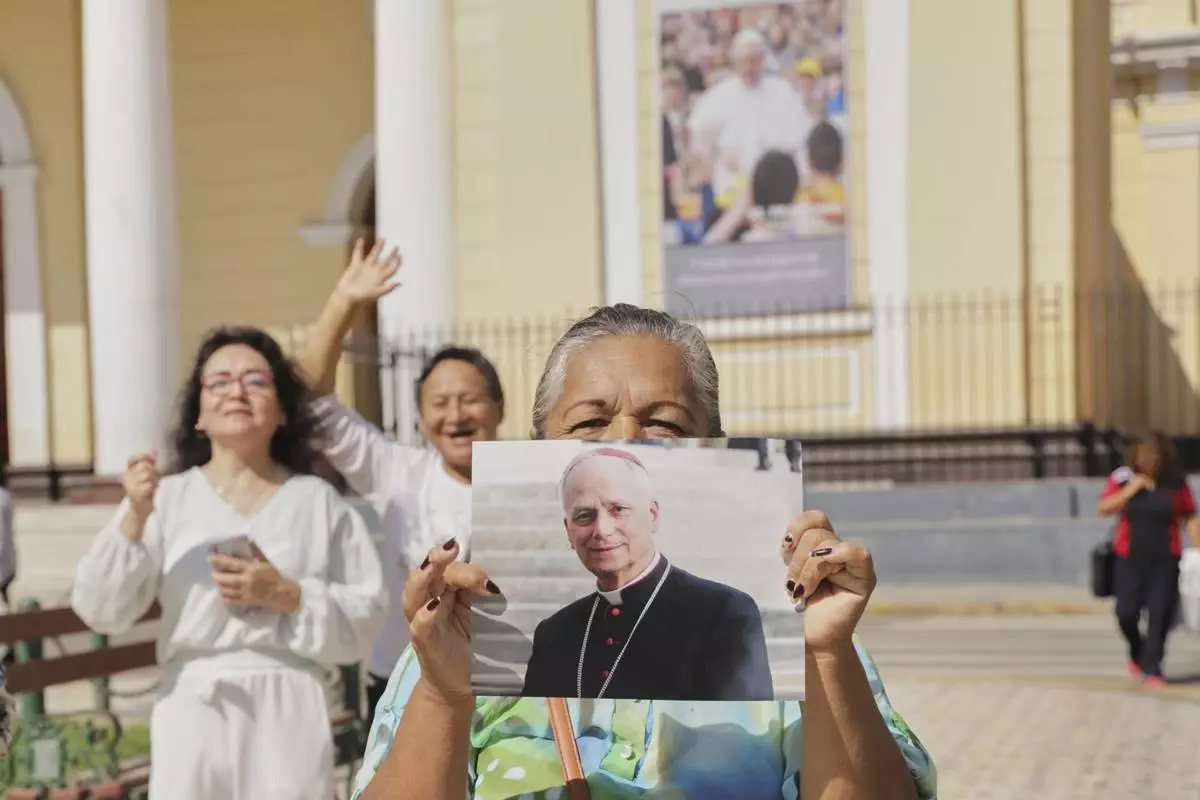
Faithful hold a photo of Bishop Robert Prevost, who was elected Pope Leo XIV, in front of the Cathedral of Chiclayo, Peru, Thursday, May 8, 2025, where he served as bishop for several years, (AP Photo/Manuel Medina)
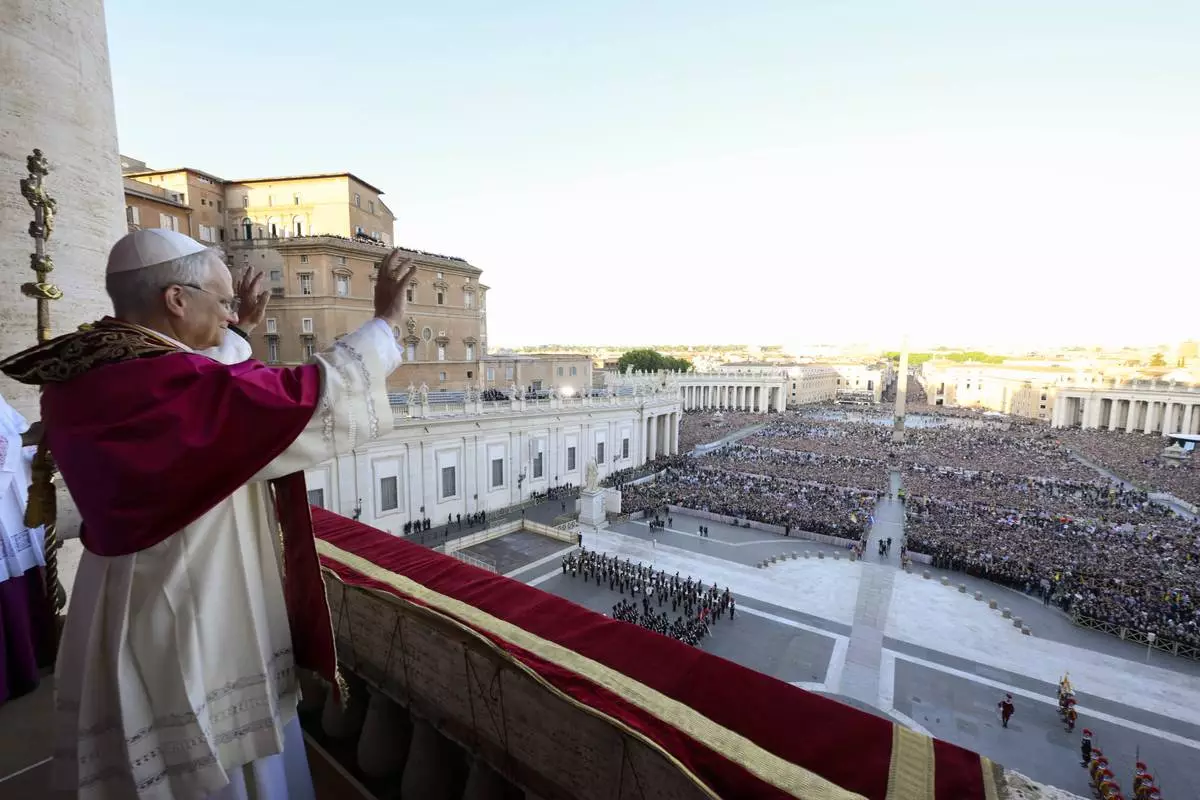
Newly elected Pope Leo XIV waves to faithful and pilgrims gathered in St. Peter's Square shortly after his election, Thursday, May 8, 2025. (Vatican Media via AP)
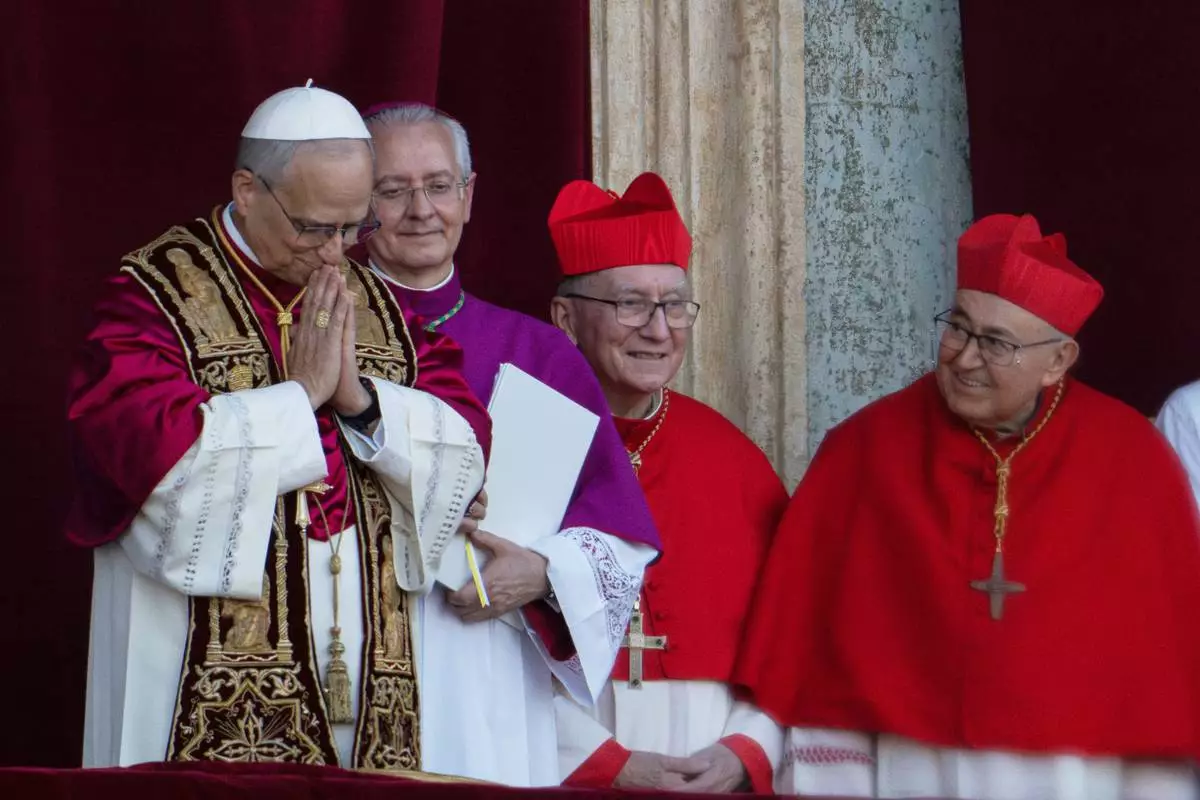
Newly elected Pope Leo XIV, left, formerly Cardinal Robert Francis Prevost, appears with, from left, Master of Ceremonies Archbishop Diego Giovanni Ravelli, Cardinal Pietro Parolin, and Cardinal Vinko Puljić on the central loggia of St. Peter's Basilica at the Vatican shortly after his election as the 267th pontiff of the Roman Catholic Church, Thursday, May 8, 2025. (AP Photo/Domenico Stinellis)
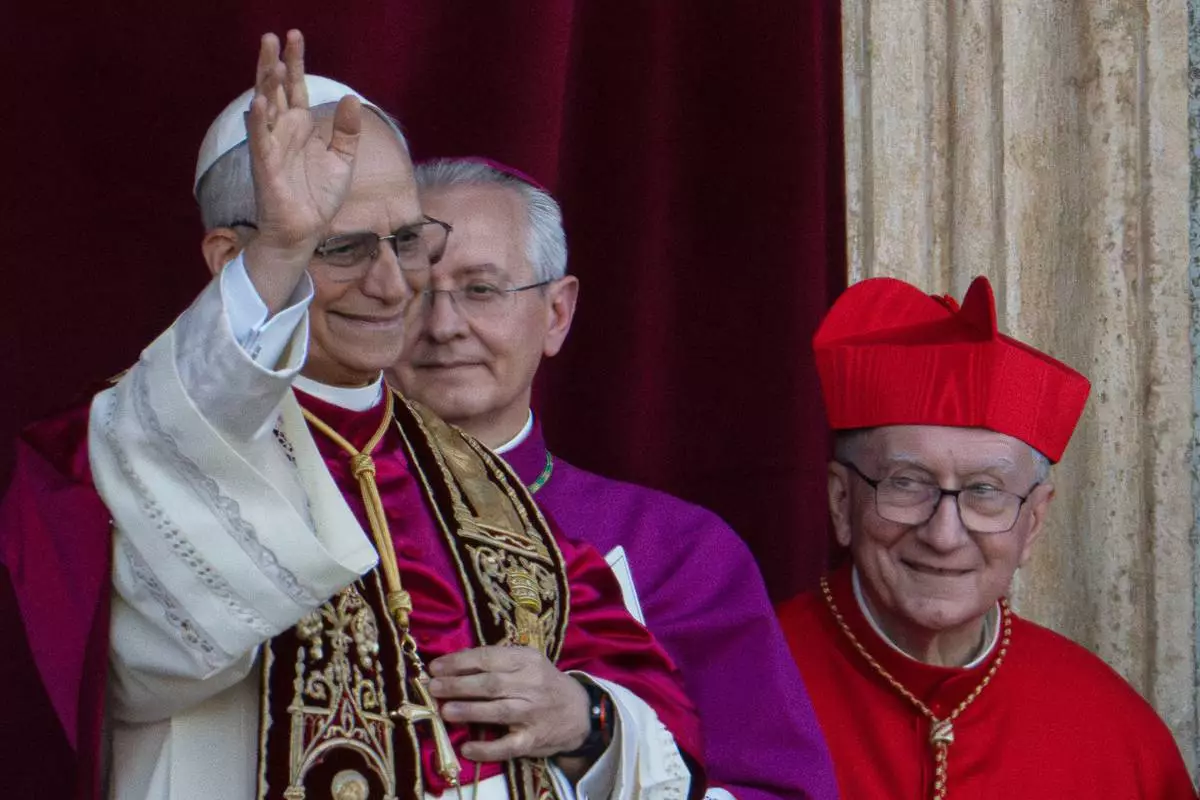
Newly elected Pope Leo XIV, left, formerly Cardinal Robert Francis Prevost, appears with, from left, Master of Ceremonies Archbishop Diego Giovanni Ravelli, and former Vatican Secretary of State Cardinal Pietro Parolin on the central loggia of St. Peter's Basilica at the Vatican shortly after his election as the 267th pontiff of the Roman Catholic Church, Thursday, May 8, 2025. (AP Photo/Domenico Stinellis)




